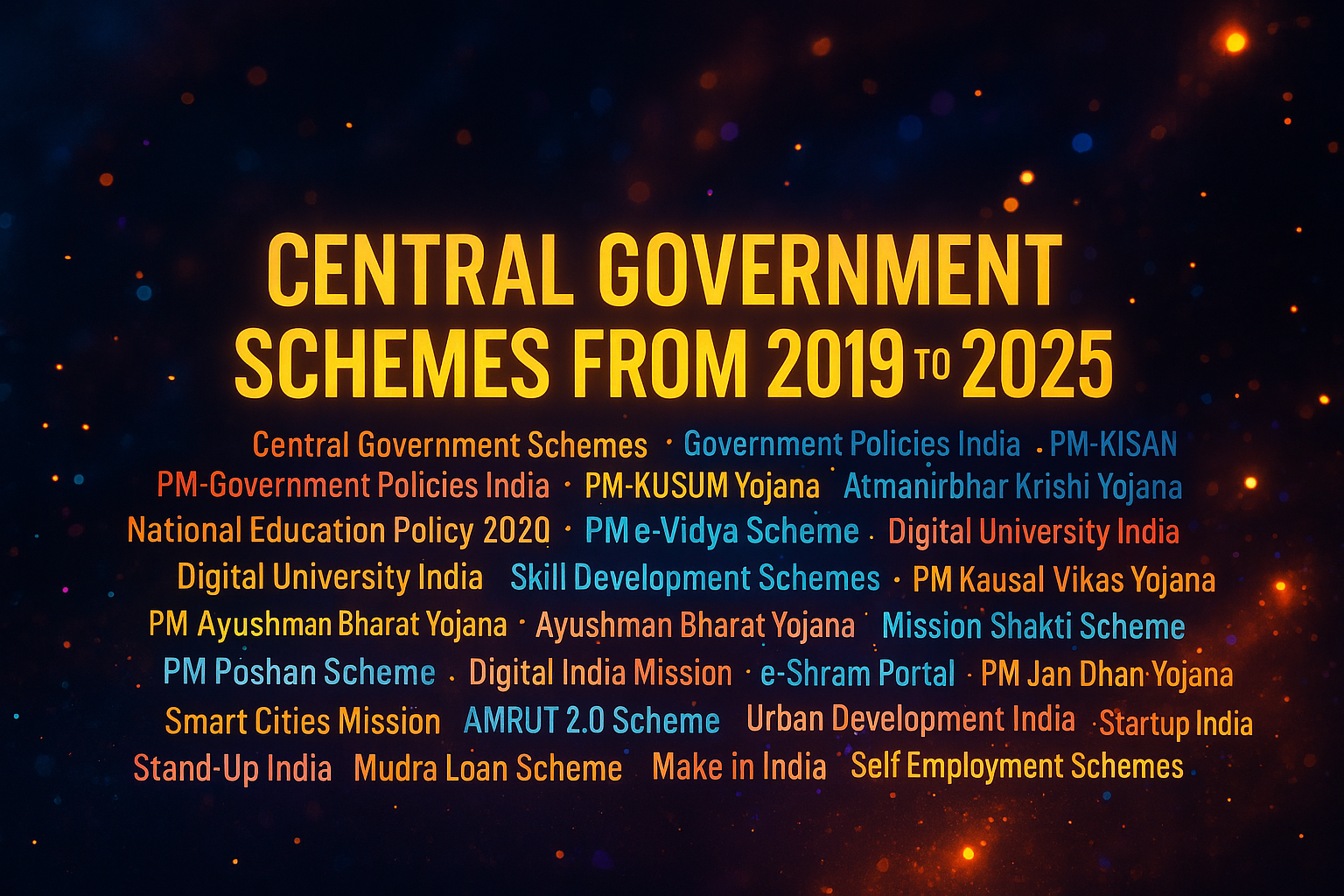The Monetary Policy Committee (MPC) of India plays a critical role in shaping the nation’s economic landscape by influencing inflation rates and ensuring financial stability. This committee, under the supervision of the Reserve Bank of India (RBI), is tasked with setting the monetary policy that governs the country’s money supply, interest rates, and inflation control mechanisms.
The establishment of the MPC is a landmark step toward making India’s monetary policy more transparent, accountable, and effective in achieving the macroeconomic goals. Understanding the role, structure, objectives, and functions of the MPC is key for anyone studying India’s economic policy or monetary economics.
1. Introduction to the Monetary Policy Committee (MPC)
The Monetary Policy Committee (MPC) is a statutory body established by the Reserve Bank of India in 2016 under the Reserve Bank of India Act, 1934. The primary purpose of the MPC is to determine the monetary policy of the country, primarily aimed at achieving the inflation target set by the Government of India.
The committee consists of six members, including three members from the RBI and three external members who are appointed by the Government of India. This structure ensures a balanced and diverse perspective on the decision-making process concerning the nation’s monetary policy.
The key objective of the MPC is to maintain price stability and ensure that the inflation rate remains within a predefined target range, which ultimately supports economic growth.
2. Role and Objectives of the MPC
The primary role of the MPC is to formulate and execute monetary policies in line with India’s economic priorities. Below are the core objectives of the committee:
a. Price Stability and Inflation Control
The primary responsibility of the MPC is to maintain price stability by controlling inflation. The government of India, in consultation with the RBI, has set a target inflation rate of 4% with a tolerance band of +/- 2%. This means the MPC aims to keep inflation within a range of 2% to 6%.
To achieve this, the MPC uses various monetary tools, the most prominent being the repo rate and the reverse repo rate. The repo rate influences the cost of borrowing for commercial banks, which in turn affects consumer and business borrowing costs, thereby impacting inflation levels.
b. Economic Growth
While controlling inflation is the MPC’s primary objective, it also strives to support economic growth. The committee monitors various economic indicators such as GDP growth, unemployment, and industrial production. If inflation is under control, the MPC might adopt policies that stimulate growth, such as reducing the repo rate to encourage investment and consumption.
c. Financial Stability
Ensuring financial stability is another critical function of the MPC. Stability in financial markets and institutions is essential for the overall economic health of the country. By making sound decisions on interest rates, the MPC influences the broader financial system’s stability, promoting confidence in both domestic and global markets.
d. Transparent and Accountable Monetary Policy
Another crucial aspect of the MPC’s role is to provide transparency and accountability in monetary policy decision-making. By having external members on the committee and publishing its policy decisions and reasons behind them, the MPC aims to enhance public trust in its actions. Regular communication ensures that economic agents, such as businesses, investors, and consumers, can make informed decisions based on the central bank’s policy stance.
3. Structure of the Monetary Policy Committee (MPC)
The MPC is composed of six members, each contributing their expertise to ensure well-rounded and effective decision-making. Below is a breakdown of the committee’s structure:
a. Governor of RBI (Chairman)
The Governor of the Reserve Bank of India is the chairman of the MPC. The governor plays a central role in guiding the committee and setting the policy direction. The governor is responsible for overseeing the functioning of the RBI and ensuring that the committee’s decisions are in line with the country’s broader economic objectives.
b. Deputy Governor of RBI (Monetary Policy)
The Deputy Governor of the RBI who handles monetary policy is another key member of the committee. The deputy governor brings expertise in monetary economics, influencing the decision-making process concerning monetary policy tools and their potential impact on inflation, growth, and financial stability.
c. Three External Members
In addition to the RBI members, the committee also includes three external members who are appointed by the Government of India. These members are usually eminent economists with substantial experience in the field of monetary economics and public policy. Their role is to bring an independent viewpoint and ensure that decisions are not solely influenced by central banking interests.
The external members are selected for their expertise in various fields such as finance, economics, and banking. They serve a term of four years, and their appointments are designed to provide external input into the monetary policy-making process, ensuring a more balanced and comprehensive approach to economic decision-making.
4. Functions of the MPC
The primary function of the MPC is to set the benchmark interest rate (repo rate), which influences the entire monetary policy framework. Below are some of the specific functions performed by the committee:
a. Determining the Repo Rate
One of the most important roles of the MPC is to determine the repo rate—the rate at which commercial banks borrow from the RBI. When the repo rate is reduced, borrowing costs for banks decrease, encouraging them to lend more to businesses and consumers, which stimulates demand and economic growth. Conversely, increasing the repo rate helps control inflation by reducing demand for credit and consumption.
b. Conducting Monetary Policy Reviews
The MPC meets every two months (i.e., six times a year) to review and assess economic conditions, inflation trends, and the effectiveness of existing monetary policy. During these reviews, the committee makes decisions on whether to increase, decrease, or maintain the repo rate based on its analysis of inflation, economic growth, and other macroeconomic factors.
c. Inflation Targeting
The MPC is responsible for adhering to the inflation targeting framework set by the Government of India. The committee adjusts its monetary policy tools to achieve the inflation target of 4% with a tolerance band of +/- 2%. This process is critical to ensuring price stability, which ultimately supports a sustainable economic growth path.
d. Communicating Policy Decisions
After each meeting, the MPC publishes a monetary policy statement, which explains the rationale behind its decisions, the economic factors considered, and the expected future trajectory of inflation. This transparency ensures that all stakeholders, including financial markets and the general public, understand the policy stance and the committee’s rationale.
5. Monetary Policy Tools Used by the MPC
To achieve its goals of price stability and economic growth, the MPC uses various monetary policy tools. These include:
a. Repo Rate
The repo rate is the rate at which commercial banks borrow funds from the RBI. The MPC adjusts this rate to control the money supply in the economy. A lower repo rate increases liquidity in the banking system, while a higher repo rate restricts liquidity and controls inflation.
b. Reverse Repo Rate
The reverse repo rate is the rate at which commercial banks lend funds to the RBI. This rate helps manage liquidity in the banking system. By adjusting the reverse repo rate, the MPC influences the short-term interest rates in the economy.
c. Cash Reserve Ratio (CRR)
The CRR is the percentage of commercial banks’ total deposits that must be kept in reserve with the RBI. A change in the CRR affects the amount of money banks have to lend, influencing the overall money supply in the economy.
d. Open Market Operations (OMOs)
The MPC also conducts Open Market Operations (OMOs), where the RBI buys or sells government securities in the open market to control the money supply and influence short-term interest rates.
6. Impact of the MPC’s Decisions on the Economy
The decisions made by the MPC directly impact various aspects of the economy:
a. Inflation Control
By adjusting the repo rate and using other monetary policy tools, the MPC can control inflation, ensuring that it stays within the target range of 2-6%.
b. Interest Rates and Borrowing Costs
The MPC’s decisions on the repo rate directly affect interest rates in the economy, influencing borrowing costs for businesses and individuals. Lower interest rates generally boost economic activity, while higher rates help cool down an overheating economy.
c. Growth and Employment
By controlling inflation and stabilizing the economy, the MPC also plays a role in fostering sustainable economic growth and employment. A stable price environment encourages investment and consumption, contributing to overall economic prosperity.
7. Conclusion
The Monetary Policy Committee (MPC) plays an integral role in India’s economic and financial stability. Through its focus on price stability, inflation control, and economic growth, the MPC helps shape the nation’s economic landscape. By utilizing various monetary tools such as the repo rate, reverse repo rate, CRR, and OMOs, the committee ensures that the country’s economy remains on a path of sustainable development while addressing challenges like inflation and financial instability.
The transparency, accountability, and expertise that the MPC brings to the table make it a critical institution for India’s economic policy and growth.




